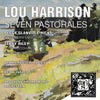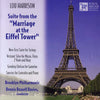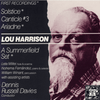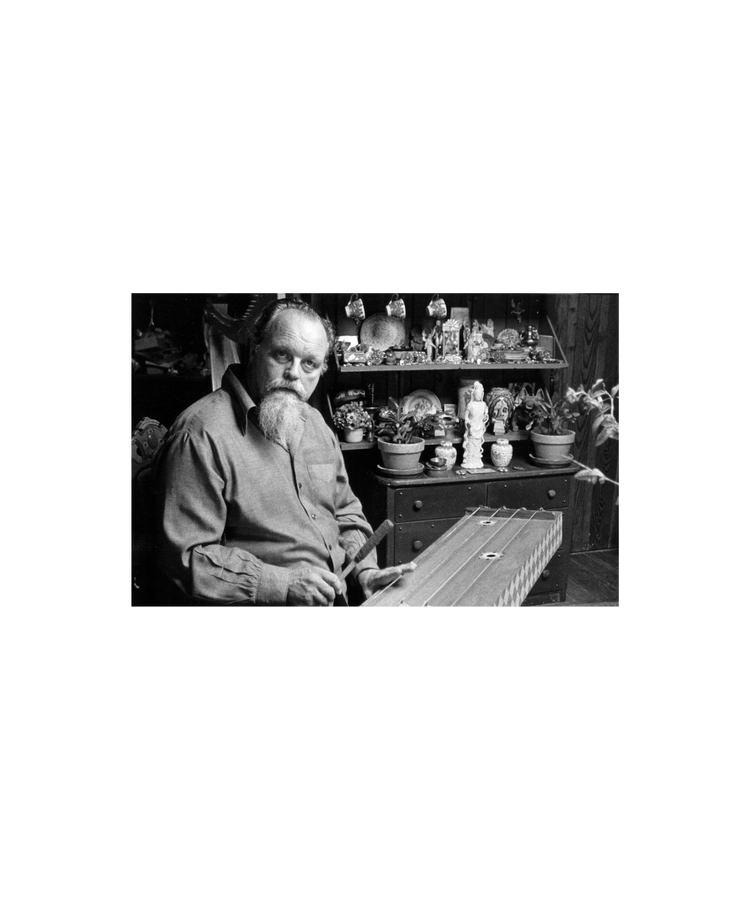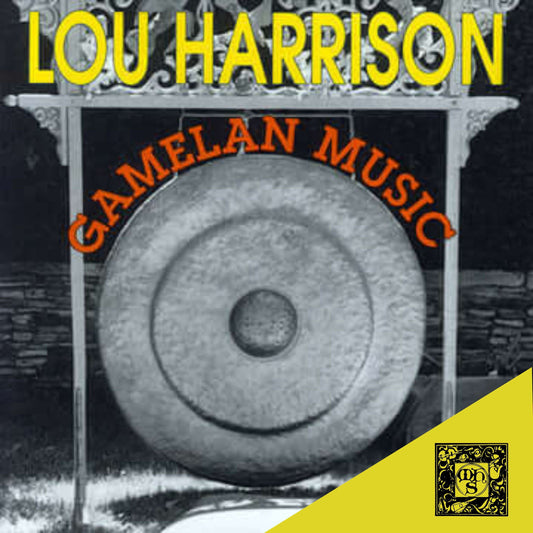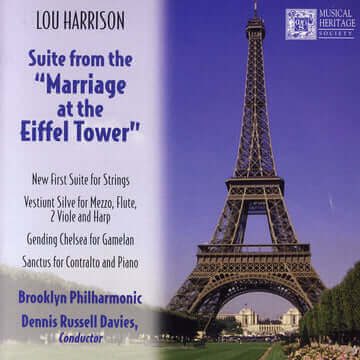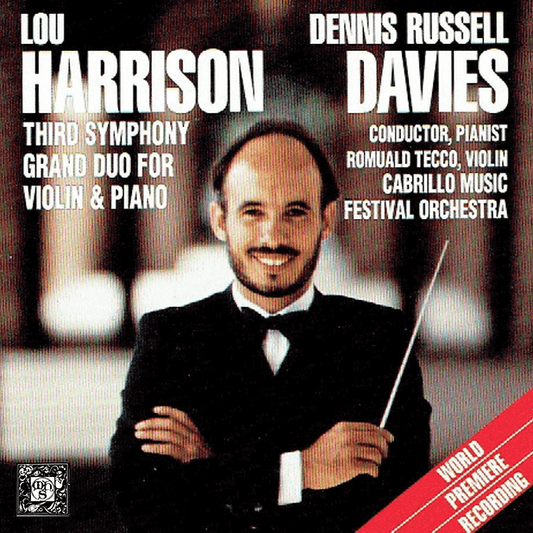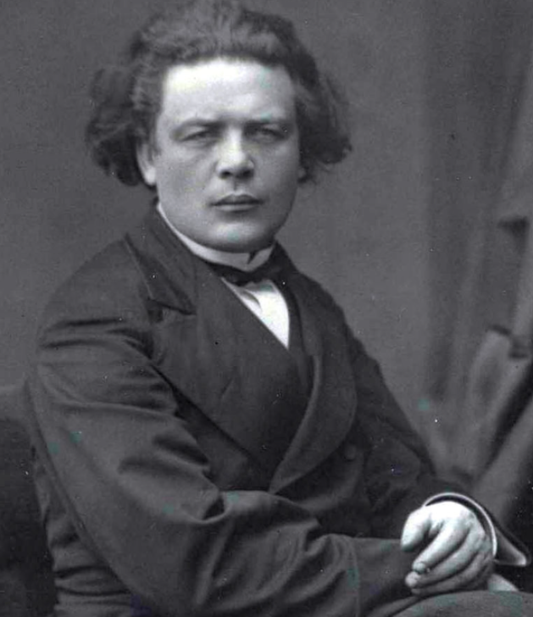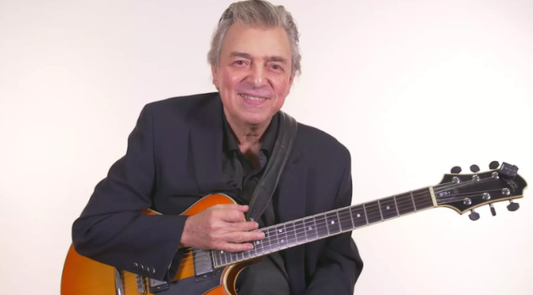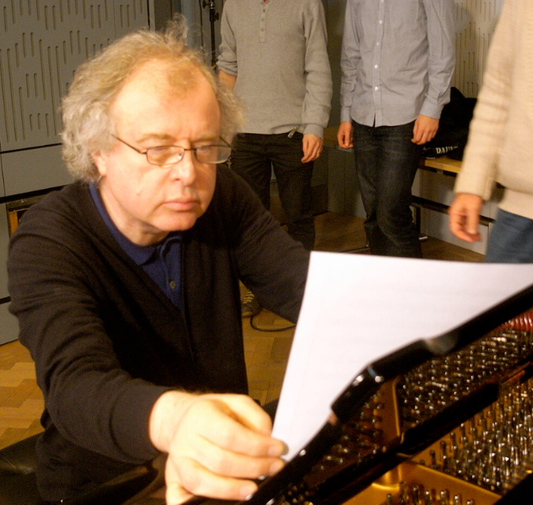Collection: LOU HARRISON (1917 – 2003)
Lou Harrison (May 14, 1917 – February 2, 2003) was a uniquely American composer, renowned for his pioneering integration of Asian musical traditions (particularly Indonesian gamelan) with Western forms, his advocacy for alternative tuning systems (especially just intonation), and his creation of a richly melodic, rhythmically vital, and often joyously beautiful body of work. Standing somewhat apart from the dominant modernist trends of the mid-20th century, Harrison forged a deeply personal path, becoming a key figure associated with the music of the Pacific Rim and a champion of cross-cultural musical understanding.
Born in Portland, Oregon, Harrison spent his formative years in the San Francisco Bay Area. This West Coast orientation proved influential, exposing him early on to the diverse cultural influences of the region, including Chinese opera and Mexican music. He studied composition primarily with Henry Cowell, whose own interests in world music and experimental techniques profoundly shaped Harrison's outlook. He also briefly studied with Arnold Schoenberg in Los Angeles, absorbing twelve-tone techniques, though he ultimately found the system emotionally restrictive for his expressive aims. During this period, he also formed significant early associations with fellow experimentalist John Cage, collaborating on percussion works.
In the 1940s, Harrison moved to New York City, where he worked as a music critic for the New York Herald Tribune under Virgil Thomson, composed dance scores, and engaged with the city's vibrant musical life. This period was notable for his crucial work in editing and promoting the music of the then-neglected American maverick Charles Ives. Harrison conducted the premiere performance of Ives' Symphony No. 3, which subsequently won the Pulitzer Prize for Music in 1947. However, the high-pressure environment of New York took a toll, leading to a nervous breakdown in 1947.
This personal crisis marked a turning point. Harrison retreated from the East Coast establishment, spending time teaching at the experimental Black Mountain College in North Carolina before eventually returning to California, settling in Aptos, where he lived for much of the rest of his life. This move coincided with a conscious shift in his compositional focus. He largely abandoned serialism and began to more deeply explore modality, non-Western musical systems, and alternative tunings.
Central to Harrison's mature work was his profound engagement with Indonesian gamelan music. Inspired initially by recordings and Cowell's influence, he studied Javanese gamelan firsthand and became a passionate advocate for its intricate structures, resonant sonorities, and communal spirit. He began composing extensively for gamelan, both traditional ensembles and ensembles he helped build himself, often collaborating with his life partner, William Colvig. They constructed instruments tuned to just intonation – a system based on pure, acoustically derived intervals, contrasting with the equal temperament standard in Western music. This resulted in works of unique sonic beauty and clarity, such as La Koro Sutro (1972), a large-scale choral work set to Esperanto texts accompanied by an "American Gamelan" built by Harrison and Colvig.
Harrison's extensive catalogue includes symphonies, concertos (notably for piano, violin, and percussion), numerous chamber works, pieces for solo instruments, choral works, and dance scores (often for choreographer Mark Morris). His music is often characterized by clear textures, singing melodies, vibrant rhythmic drive often employing additive rhythms, and a distinctive sound world shaped by his use of percussion, gamelan instruments, and just intonation. Works like the Concerto for Violin and Percussion Orchestra (1959), Pacifika Rondo (1963), the Concerto for Piano with Javanese Gamelan (1987), and his Symphony No. 4 (Last Symphony, completed 1995) exemplify his diverse output and unique synthesis of influences.
Beyond composing, Harrison was a skilled calligrapher (often producing beautifully hand-copied scores), an instrument builder, a poet, and an advocate for pacifism and Esperanto (the international auxiliary language). He remained active into his later years, receiving growing recognition and numerous commissions. He died suddenly in Lafayette, Indiana, while traveling to a festival celebrating his music at Ohio State University.
Lou Harrison's legacy is that of a courageous individualist who broadened the horizons of Western concert music. He demonstrated that diverse musical traditions could be respectfully and creatively integrated, championed sonic beauty and clarity through alternative tunings, and created a body of work that offers a joyful, lyrical, and profoundly humane alternative to prevailing modernist anxieties, firmly establishing a distinctly Pacific voice in American music.


